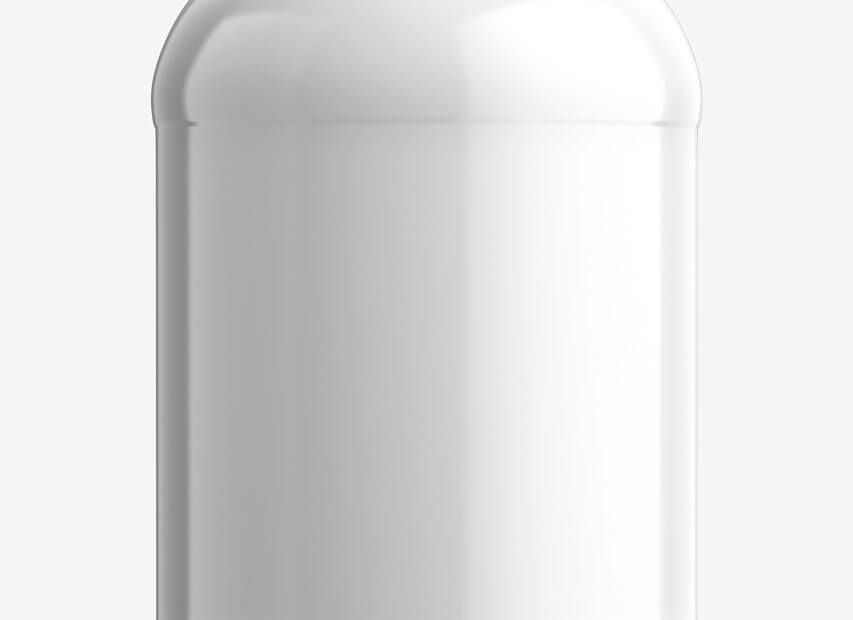One can purchase CBD products in many forms, but in all the final products the CBD is obtained from extraction of the hemp plant. From this crude extract, further purification can take place. Purification is needed for isolate vs distillate products. The purification steps remove key plant compounds, and cannot be considered full spectrum. However, some folks want pure CBD, and distillate and isolate are their options. Let’s explore the differences between distillate and isolate, and discuss how they are made.
First, the chemistry background (don’t roll your eyes, if you’ve been reading these blogs you know we focus on the science, and hope to enlighten the curious reader). Almost all substances exist in three states: solid when cold, gaseous when hot, and liquid in the middle. Water is the perfect example. When cold it forms ice, at room temperature it is a liquid, and turns to steam when boiled. CBD, while a much different molecule than water, behaves similarly.
How is Isolate Made?
At room temperature, CBD is a solid. It turns into a thick oil at about 60 oC, and will boil when heated high enough. Isolate is simply purified solid CBD. It is produced by crystallizing CBD from a solution of the compound in an organic solvent. The solvent (usually a hydrocarbon like pentane) retains impurities (which are more soluble in the hydrocarbon than CBD). Under proper conditions, one can selectively crystallize the solid CBD from the dissolved impurities. Done right (and perhaps repeated several times to increase purity), very pure CBD is obtained. The cost: low yields of CBD crystals due to losses in the solvent. One never obtains a 100% yield from a crystallization, and the more impure the starting material, the lower the yield. Typical crystallization yields for CBD from pentane are 30-60%, depending on the skill of the scientist. Hardly cost effective, and polluting, since the left-over crystallization solvent must be disposed of.
What is the Difference Between CBD Isolate and Distillate
Distillate, on the other hand relies on heat to vaporize the CBD. Since the boiling point of a compound is dependent on the pressure it is distilled at, low pressures are used to lower the boiling point of CBD. Lower temperatures are preferred to avoid substrate decomposition. This process is called vacuum distillation, and the low pressures are obtained by a vacuum pump. The pressures employed are very low, like 1/10000th of normal pressure (close to the vacuum in outer space).
Thus, distillate is produced by heating crude CBD under high vacuum, then chilling and collecting the vapors generated. This is an inefficient process, with yield losses of at least 25%. Distillate is NOT 100% pure (like isolate), and is thus not crystalline. It is a thick colorless oil. The main purpose of distillation is to decolorize the CBD oil: if done right, the colored material remains behind, leaving water-white oil.
There you have it: isolate vs distillate explained. Generally, lower quality extracts go through these processes to produce usable products. We believe our unique extraction protocols negate the need for further purification. Try our full spectrum, unaltered products today.
